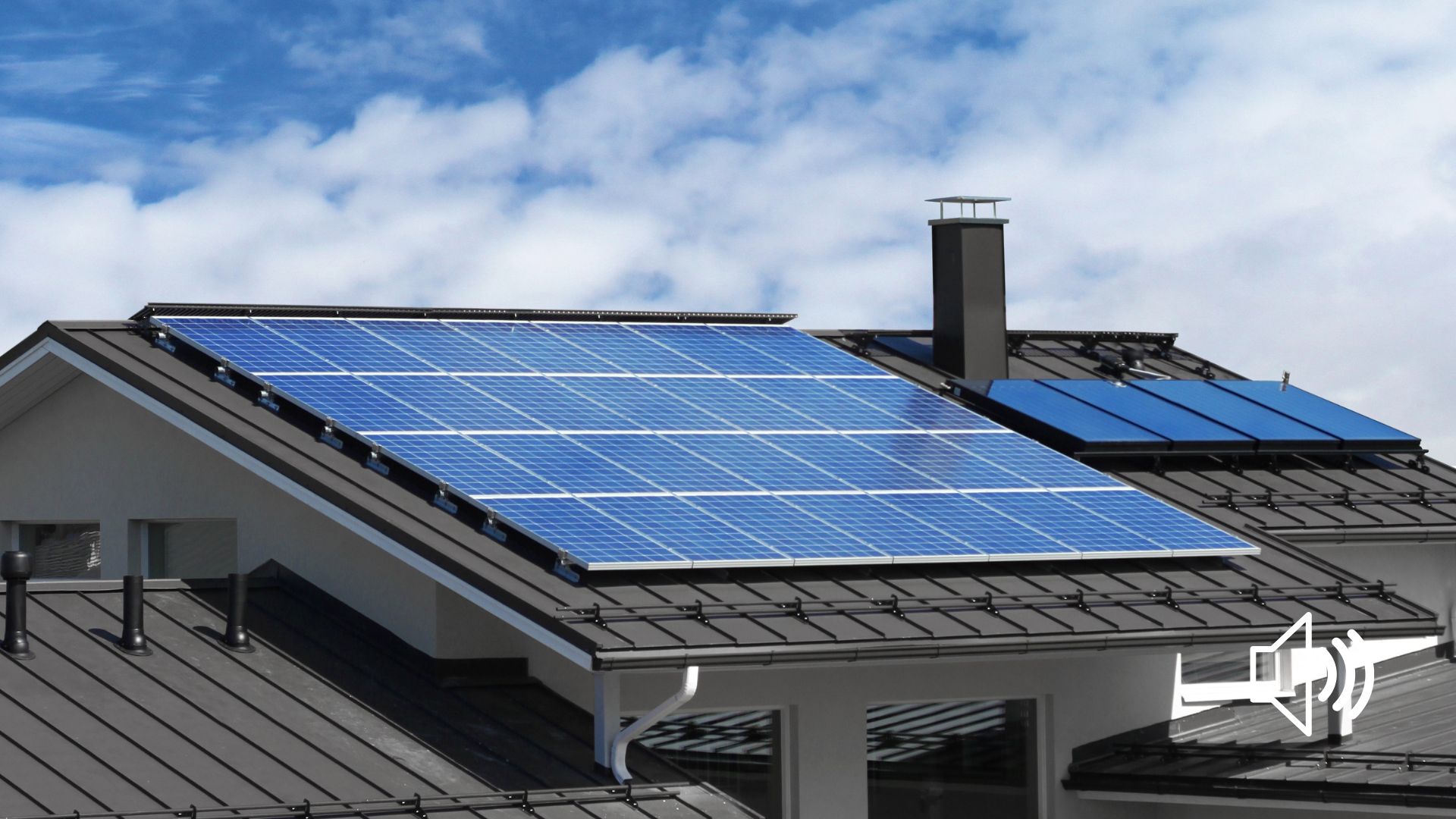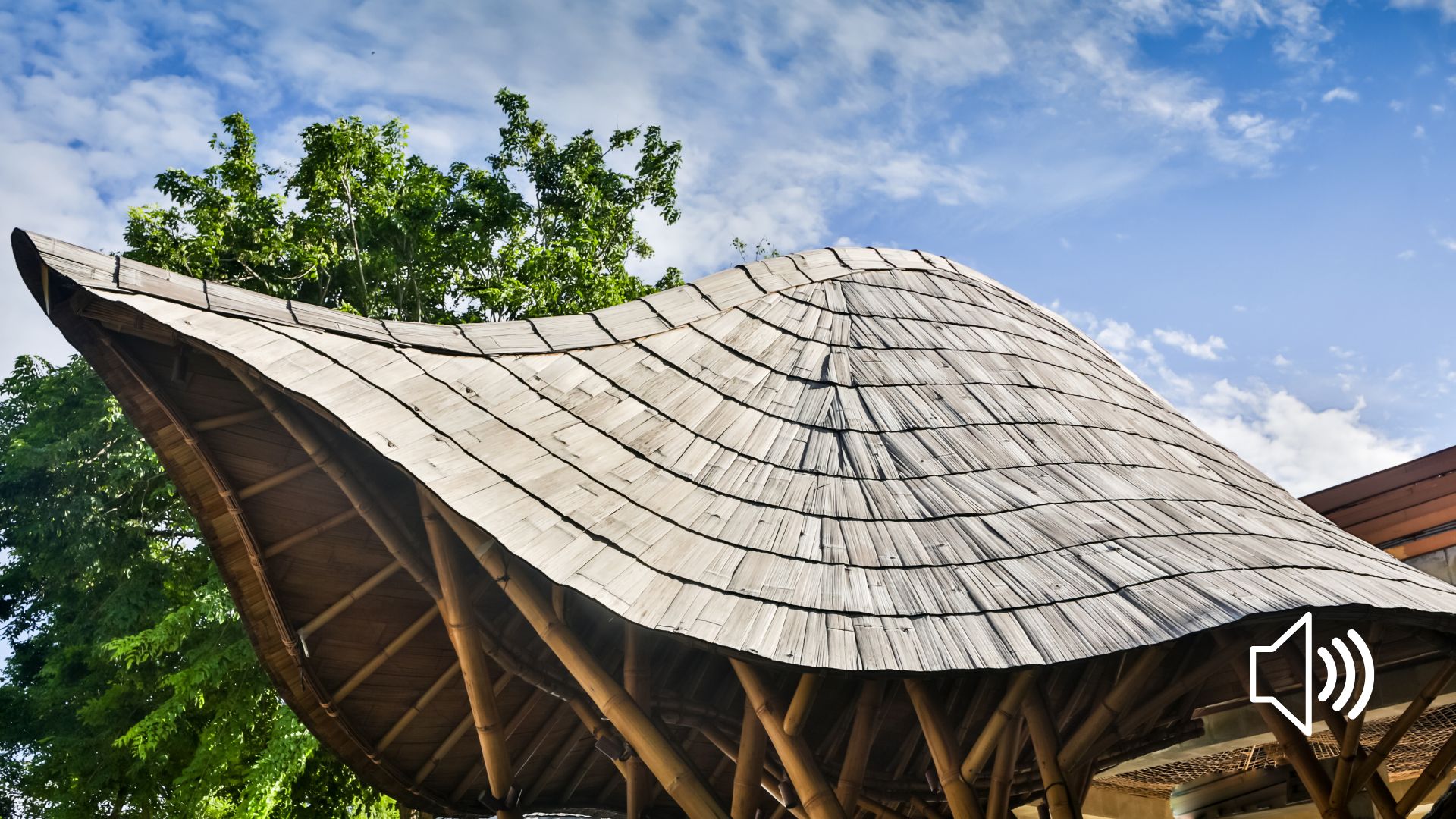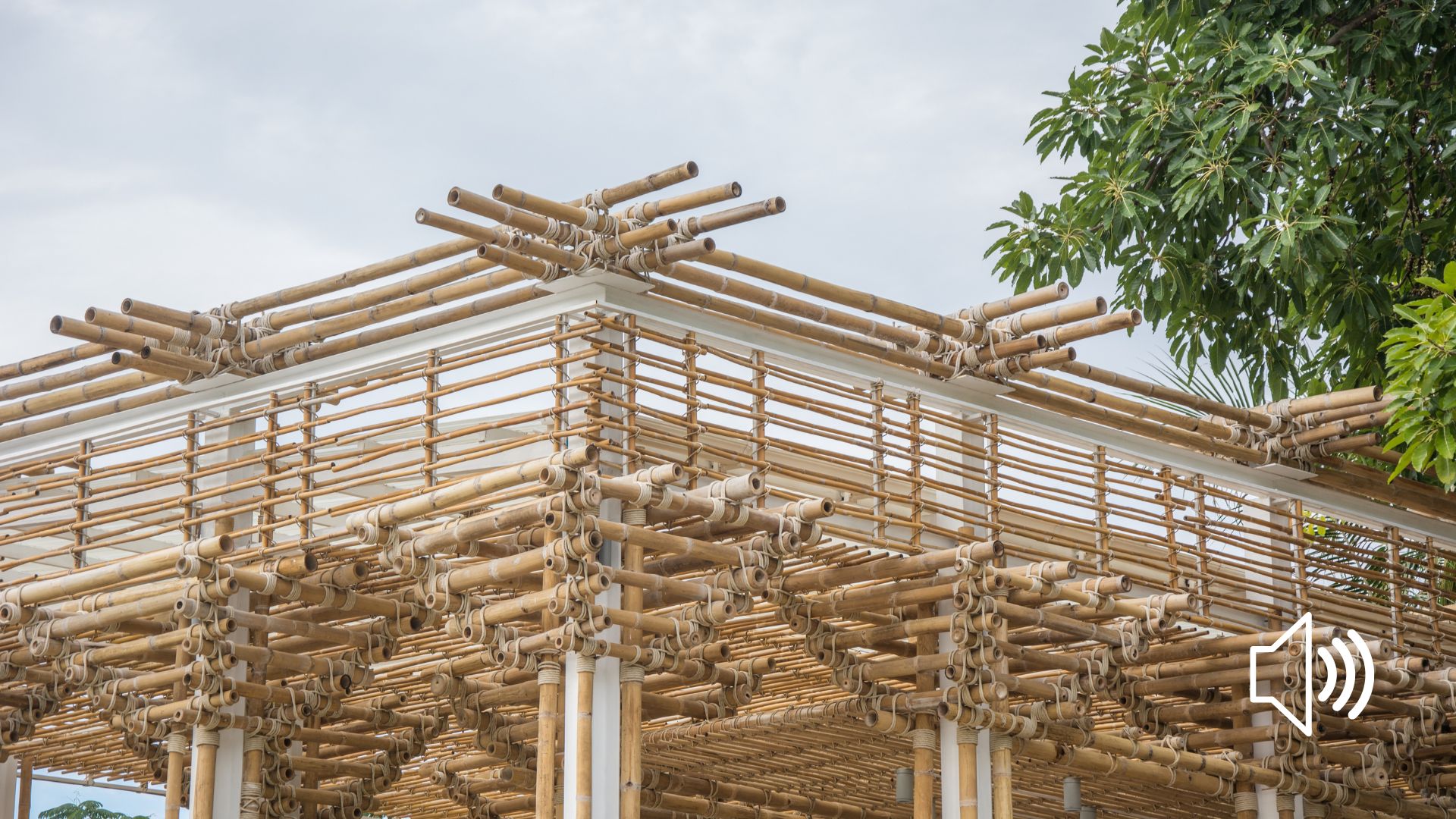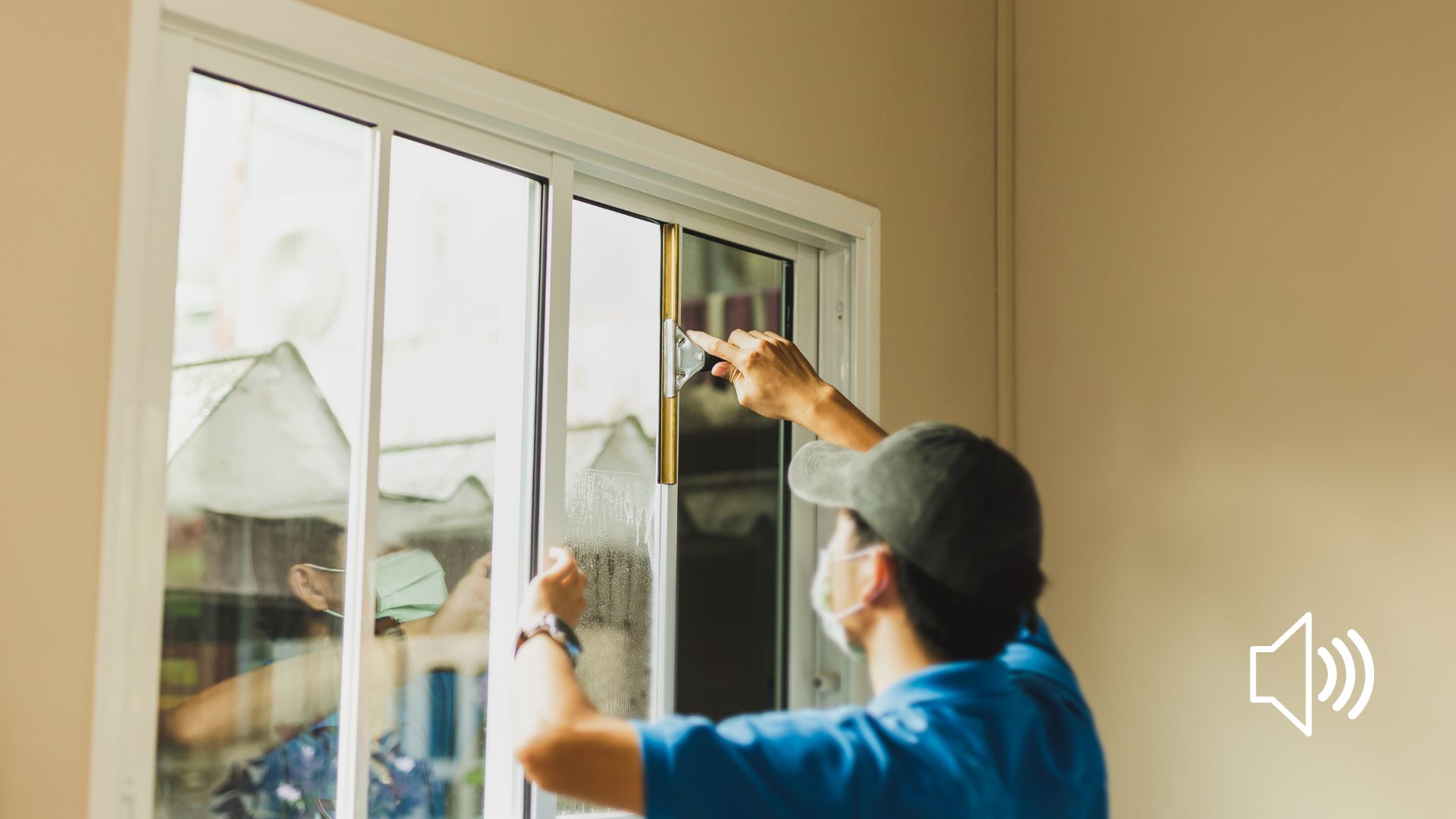In an increasingly eco-conscious world, the appeal of sustainable living is becoming more apparent to many individuals. A greenhouse is one of the most practical and versatile solutions available.
A greenhouse extends the growing season, protects plants from adverse weather, and offers a myriad of practical uses that can enhance our everyday lives. From cultivating fresh produce to creating a serene retreat, greenhouses are more than just structures for growing plants. They are also powerful tools for embracing an eco-friendly lifestyle.
In this article, we will explore four practical uses for greenhouses. These uses can enrich your daily routine while adding a touch of sustainability to your home.
1. Growing Fresh Produce Year-Round
Homeowners have become increasingly interested in growing fresh produce year-round in recent years. This shift toward sustainable living promotes healthier eating habits and encourages a more environmentally friendly cultivation approach.
By leveraging modern agricultural techniques, such as hydroponics and vertical gardening, it’s possible to create flourishing gardens regardless of the season. Homeowners can convert their backyards or even indoor spaces into productive green areas, producing organic fruits and vegetables that can be enjoyed fresh at the table.
Growing fresh produce year-round helps reduce food waste and the carbon footprint associated with transporting conventionally grown food. As interest in local sourcing grows, homeowners and self-builders increasingly take matters into their own hands, cultivating gardens that yield various produce outside their doors.
This movement contributes to personal health and builds community resilience by fostering connections through shared gardening practices, seed swaps, and local produce exchanges.
Ultimately, cultivating fresh produce year-round is about more than just food. It’s a lifestyle choice that embodies self-sufficiency and environmental responsibility.
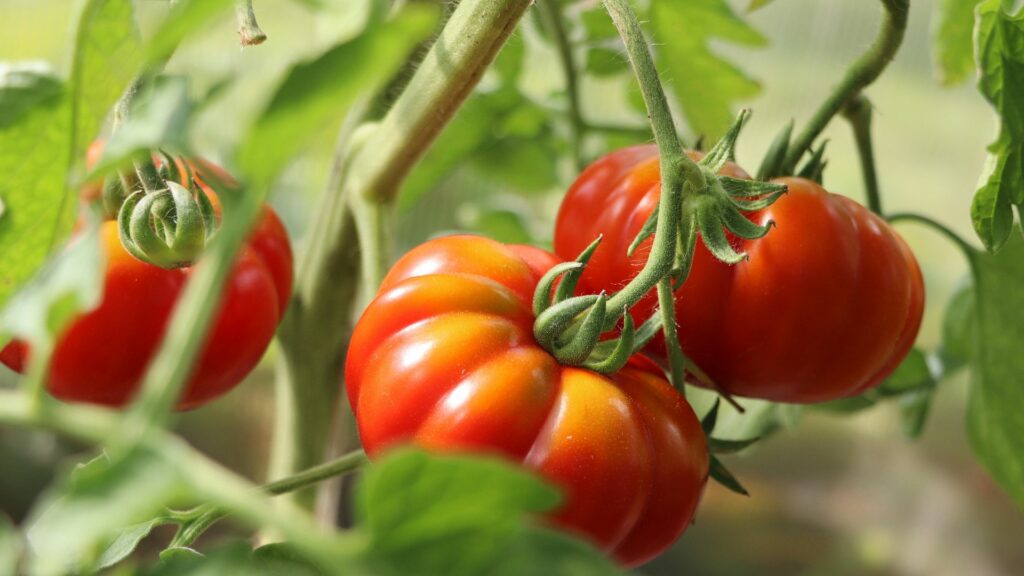
2. Creating a Relaxing Green Space
Creating a relaxing green space in our homes or communities can significantly enhance our well-being. Plants have been shown to reduce stress levels, improve mood, and increase productivity. One effective way to cultivate such an environment is to incorporate greenery into our daily lives, transforming ordinary spaces or greenhouses into serene havens. A well-designed garden or even a modest collection of potted plants on the balcony can serve as an oasis, allowing us to escape from the hustle and bustle of everyday life.
Greenhouses offer a controlled environment that can extend the growing season and support a wider variety of plants than what might flourish outdoors due to climate constraints. By growing your herbs, vegetables, or flowers in a greenhouse, you bring life into your space and engage in a fulfilling hobby connecting you to nature. This is just one of the many ways we can use greenhouses in our everyday lives, as they allow us to cultivate a personal sanctuary that evolves with the seasons.
Creating a relaxing green space is about more than just aesthetics. It’s an invitation to slow down and appreciate the beauty of nature. Enhancing our surroundings with greenery can be a transformational experience, allowing us to reconnect with ourselves and the environment. As we continue to explore the various ways we can integrate plants into our lives, we cultivate lush landscapes and a greater sense of peace and fulfillment in our everyday routines.
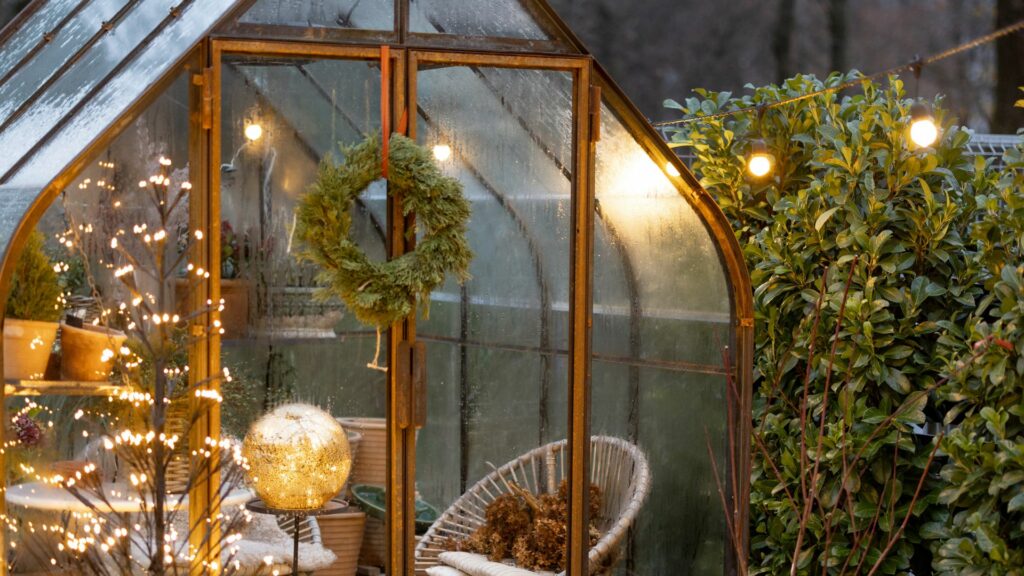
3. Hosting Social Gatherings in a Unique Setting
While traditional venues such as banquet halls and private homes are charming, exploring alternative locations can infuse gatherings with creativity and excitement. One increasingly popular option is using greenhouses, where the essence of nature can transform any occasion into a memorable experience. By leveraging these spaces’ natural beauty and warmth, we can create an inviting atmosphere that encourages connection and celebration.
Greenhouses provide a unique blend of indoor comfort and outdoor ambiance, allowing guests to enjoy year-round lush greenery and colorful blooms. Their transparent walls and ceilings allow ample natural light, creating a vibrant space that can be decorated with soft string lights and elegant table settings. This enchanting environment invites guests to immerse themselves in a serene setting, fostering meaningful conversations and making moments memorable.
Greenhouses can also be backdrops for DIY workshops, intimate dinner parties, or cozy book clubs. Their versatility encourages creativity in planning gatherings, and hosts can curate experiences tailored to the occasion.
Whether it’s a casual catch-up with friends or a more formal celebration, greenhouses provide the perfect canvas to paint unforgettable memories, reminding us that the best moments often blossom in the most extraordinary places.
4. Educational Opportunities for Children and Families
Greenhouses are fantastic learning environments for children and families. They provide a hands-on approach to understanding plant life cycles, sustainability, and food production. Unlike traditional classrooms, greenhouses offer an interactive setting where kids can witness the entire growing process—from seed germination to harvesting—firsthand. This direct experience helps them grasp essential scientific concepts like photosynthesis, soil health, and pollination more engagingly and memorably.
Beyond basic biology, greenhouses also introduce children to the principles of sustainability. They learn how controlled environments can extend the growing season, reduce water waste, and minimize the need for chemical pesticides. Through practical activities like composting, water conservation, and organic gardening, kids develop a deeper understanding of eco-friendly practices and how they contribute to a healthier planet. This knowledge fosters responsible environmental habits that can influence their choices well into adulthood.
Moreover, working in a greenhouse nurtures essential life skills such as patience, responsibility, and problem-solving. Children take ownership of their plants, learning the importance of regular care, observation, and adaptability when faced with challenges like pests or plant diseases. These experiences build confidence and instill a sense of accomplishment as they see their hard work flourish into healthy plants.
For families, greenhouses provide a unique bonding experience. Parents and children can spend quality time together planting, watering, and harvesting crops, turning gardening into a shared activity that strengthens family connections. Additionally, growing food as a family encourages healthier eating habits, as children are more likely to consume vegetables and fruits they’ve helped cultivate.
Ultimately, greenhouses are more than just a place to grow plants—they are living classrooms that inspire curiosity, creativity, and a deeper appreciation for the natural world. By incorporating greenhouse activities into education, families can cultivate fresh produce and a lifelong passion for sustainability and learning.
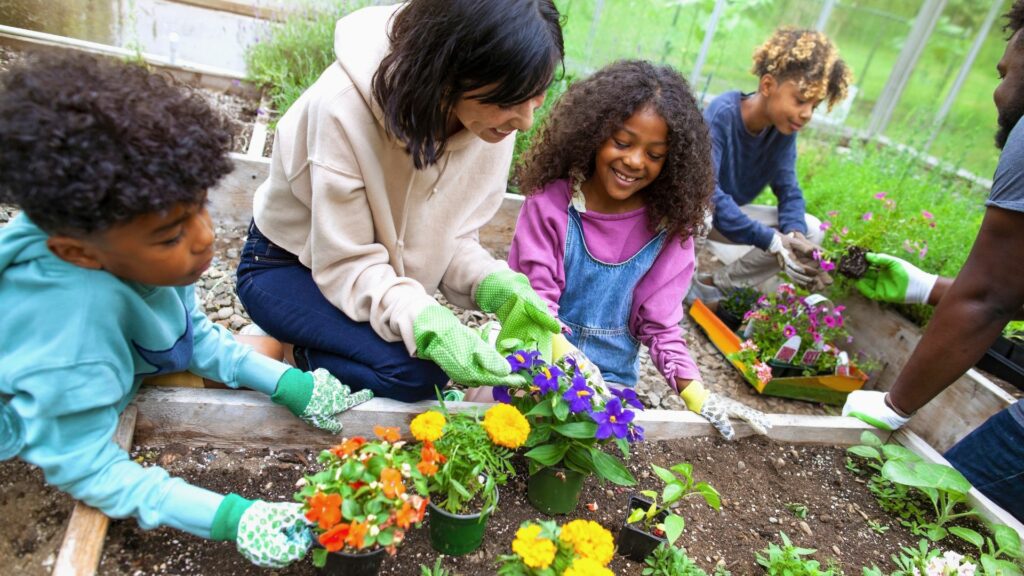
Summary
Greenhouses offer many benefits for gardening enthusiasts, farmers, and anyone looking to incorporate sustainable living into their routine. Their use in our everyday lives extends beyond growing vegetables. They can be critical in promoting quality community and family life and reducing our carbon footprint.
Individuals and families can cultivate their fruits, vegetables, and herbs, ensuring they can access healthy, pesticide-free options anytime. Growing our food in a greenhouse reduces the need for transportation, packaging, and storage associated with store-bought produce, diminishing our environmental impact.
These spaces beautify neighborhoods and encourage people to unite, sharing resources, knowledge, and even the harvests from their collective efforts.
Incorporating greenhouses into everyday life signifies a shift toward a more sustainable future. By embracing this innovative approach, we can take small yet impactful steps to improve our lifestyle, benefit our health, and nurture the environment.
As awareness grows and technology advances, the potential for greenhouses to enrich our lives while promoting ecological responsibility appears more promising than ever.
See also: 10 Activities to Encourage the Use of Solar Energy in Everyday Life
🔗 Download E-BOOK: “Essential Guide to Passive House Design” for FREE: archylab.com


